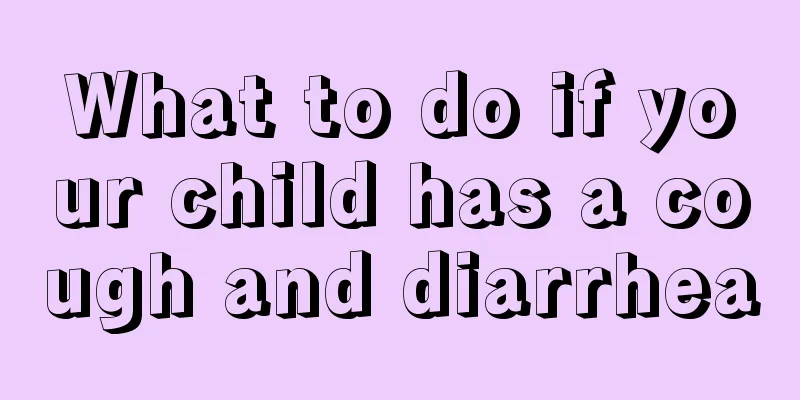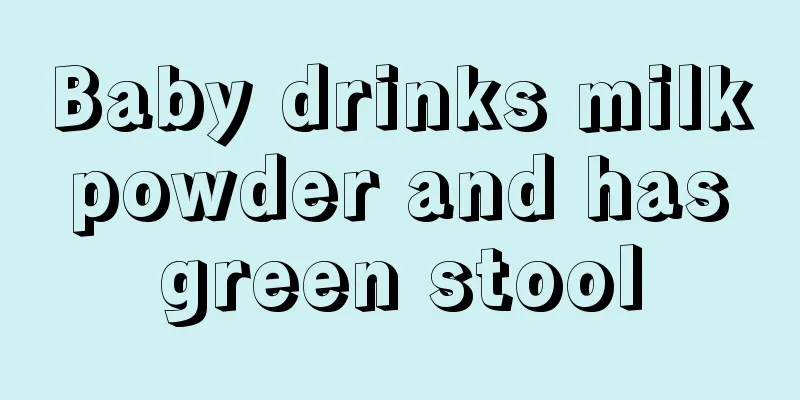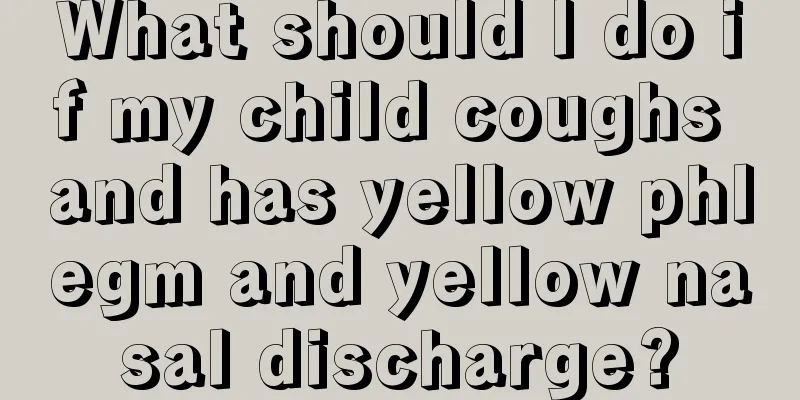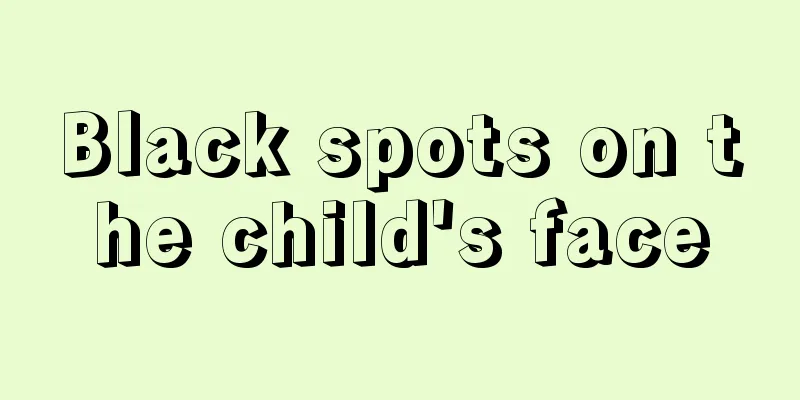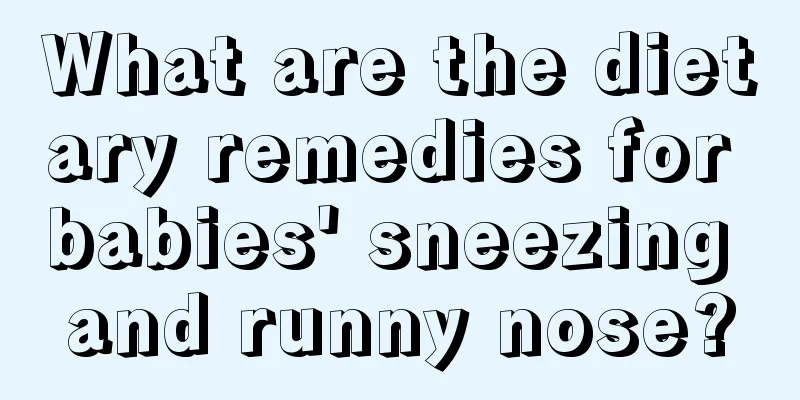Children's cough massage technique
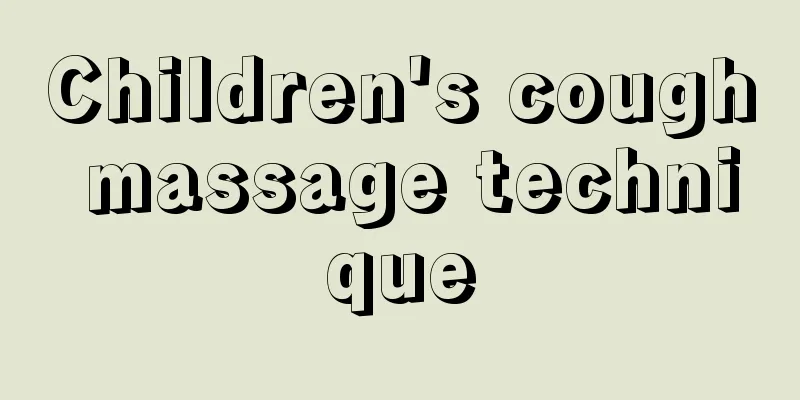
|
Children's bodies are still in the development stage, and their own resistance is relatively weak. They are easily invaded by various bacteria and fungi, which endanger their health. Every family hopes that their children can be healthy. If the child is sick, parents will be very worried. Therefore, pay more attention to children's health problems in life. If a child has a cold, injections and medication are always bad for the body. If the symptoms are not serious, they can be relieved by massage. So what are the massage methods for children? Let's learn together. Massage for children to treat chronic cough Pediatric massage can not only quickly relieve symptoms, but also regulate body functions, enhance physical fitness, improve disease resistance, reduce the incidence of diseases, and alleviate the severity of the disease. Commonly used acupoints and operations: 1. A swarm of bees: Located at the midpoint of the horizontal line on the back of the palm, it has the function of dispelling cold and relieving exterior symptoms. Massage for 3 minutes. 2. Yingxiang: Located on both sides of the nose, it has the effect of clearing the nasal passages, relieving nasal congestion and runny nose, massage for 2 minutes. 3. Pinching the spine: Create a straight line from Dazhui to Changqiang, and use both hands to pinch from bottom to top. It can regulate Qi and blood, harmonize internal organs, dredge meridians, nourish vital energy, and strengthen the body. It is also one of the main methods of children's health care. Repeat 3-5 times each time. 1. Push the shoulder blades apart 300 times Location: The shoulder blade is also called the scapula or scapula. Located behind the thorax, it is an inverted triangular flat bone between the 2nd to 7th ribs. Technique: Use both hands to make a crescent shape along the joints of both shoulder blades and push from top to bottom. Operation: It is recommended to use the figure eight method of pushing, starting from the Jianjing point, along the inner edge of the shoulder blade, from top to bottom and to both sides. Use some internal force in your fingers, and stimulate the Jianjing point, Fengmen point, Feishu point and other major acupoints for treating cough. The operation time and frequency should not be less than 200-300 times each time. Especially for more serious problems, such as tracheitis, pneumonia, etc., the massage time will be longer, 5-10 minutes. The middle technique can be to push separately for a period of time, then rub the lung point, then push separately again, and then rub the lung point alternately. Efficacy: It has the effects of clearing the lungs and relieving cough. Main indications: Used to suppress cough and treat acute and chronic tracheitis and bronchial asthma. 2. Massage the lung point for 1 minute Position: The patient sits or lies prone, and first finds the most prominent spinous process in the neck, which is the spinous process of the 7th cervical vertebra. Touch the spinous process one by one along the downward direction until you reach the lower part of the spinous process of the third thoracic vertebra. The Feishu point is 1.5 inches to the side. Operation: The patient takes a comfortable prone position, and the operator places the pads of his thumbs on the Feishu points, gradually presses down with force, presses and rubs it, so that the affected area feels sour, numb, swollen and heavy. Then place the thenar eminence close to the acupoint, press down slightly, and rub the acupoint back and forth until you feel a local heat sensation and the skin turns slightly red. Then gently knead and massage to relax. Repeat this operation for 5 to 10 minutes, once a day or every other day. Efficacy: Stimulating the lung point can enhance respiratory function, increase lung ventilation, vital capacity and oxygen consumption, significantly reduce airway resistance and improve lung function. 3. Massage Tiantu for 1 minute Treatment of chronic cough with pediatric massage Location: Upper edge of sternal notch, in the middle of the depression. Tips: When taking the acupoint, you can adopt a supine sitting position. Tiantu point is located on the human neck, on the anterior midline, between the two clavicles, and in the center of the suprasternal fossa. Efficacy: Regulates qi and resolves phlegm, relieves cough and asthma, and relieves adverse reactions and stops vomiting. Indications: Cough, asthma, chest tightness, phlegm and shortness of breath, nausea and vomiting, sore throat. 4. Press and rub Tanzhong for 1 minute Location: midpoint of the line connecting the two nipples. Operation: divided into kneading method and pushing method. For kneading, use the tip of the middle finger to press and knead for about 50 to 100 times; for pushing, use the belly of the thumbs of both hands to push from the Tanzhong point outwards for about 50 to 100 times. Indications: chest tightness, cough, asthma, vomiting, palpitations, etc. Causes of chronic cough in children: 1. The first is cough variant asthma. This is the most common cause of the disease. Children with this type of cough usually do not wheeze, but only cough, and the cough is mainly dry. Some may spit out white foamy sputum. The symptoms often occur at night and in the early morning, or only in the early morning. The cough usually worsens after exercise. The clinical features of this cough are generally accompanied by allergic rhinitis or eczema. Patients who have the conditions should undergo pulmonary function tests to further confirm the diagnosis. 2. The second is upper airway cough syndrome. For example, various upper airway diseases such as rhinitis, sinusitis, tonsil and/or adenoid hypertrophy may cause chronic cough. This type of cough is characterized by coughing in the morning, some of which can produce sputum. When sputum is produced, there is less or no coughing at other times, accompanied by symptoms such as nasal congestion, runny nose, dry throat, foreign body sensation, and repeated clearing of the throat. In addition, the child's posterior pharyngeal wall may sometimes show cobblestone changes or have mucoid or purulent secretions attached. 3. The third is gastroesophageal reflux. It may also cause chronic cough in children. This type of cough often worsens after meals. Young children usually stop coughing after vomiting. Older children often complain of abdominal pain and belching. If you touch the upper abdomen with your hand, the child will feel tenderness. 4. The fourth is allergic cough, which is also one of the common causes. This type of cough manifests as an irritating dry cough, which usually occurs in a certain environment, when eating certain foods, or when exposed to certain smells. If you leave this environment, food or smell, the cough will be alleviated or stop. The most common ones may be house dust mites, dust mites, milk, egg white and home decoration odors. |
<<: Is high myocardial enzyme level in newborns serious?
>>: What powder is better for newborns?
Recommend
What to do if a baby has diarrhea in March
Some parents want to know that three-month-old ba...
What causes headaches in children?
It is common for children to have headaches in li...
Is it normal for a newborn to fart with poop?
Newborn babies need patience and care. For new pa...
Yellow runny nose after cold in children
The probability of colds occurring in our lives i...
Why does the baby have diarrhea after breastfeeding?
With the improvement of living standards, people ...
What should I do if my baby's butthole is red?
Some babies have health problems, so they need to...
Will the fetus have renal pelvis separation? What are the causes of fetal renal pelvic separation?
Fetal renal pelvis separation is a relatively com...
How to care for children with early pneumonia?
Children are very fragile. If parents are not car...
What to do if your two-year-old baby has allergies
All mothers should know that babies' skin is ...
Dietary considerations for children with precocious puberty
Nowadays, many foods on the market contain hormon...
Will otitis media in children heal on its own?
Otitis media, also known as middle ear infection,...
Does your child have allergic rhinitis?
Allergic rhinitis in children is a very common di...
What to do if a child has a fever caused by bacterial infection
Some parents become very nervous when they find t...
What to do if your child has an allergic cough
When it comes to children's allergic cough, y...
Misunderstandings about the treatment of green runny nose in babies
Every parent is particularly concerned about the ...
